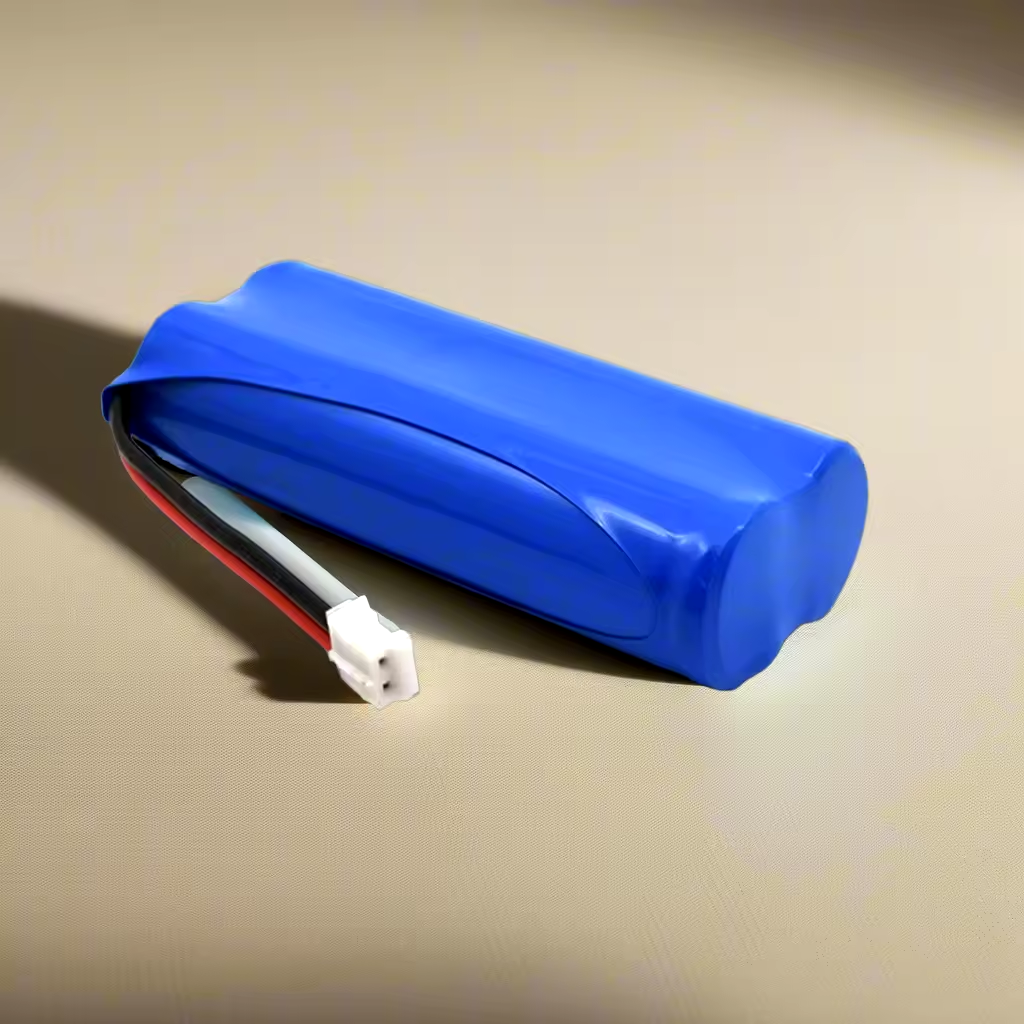
While jumping into the thrilling universe of remote-controlled (RC) vehicles, quite possibly the most urgent part you’ll experience is the battery. Among different choices, the 3S LiPo (Lithium Polymer) battery stands apart for its power, lightweight plan, and adaptability. Yet, with such countless decisions accessible, how would you choose the right one for your RC battery? This guide plans to improve on that cycle and assist you with settling on an educated choice.
What is a 3S LiPo Battery?
Before diving into the determination cycle, we should explain a 3S LiPo battery. The “3S” alludes to the battery setup, comprising three individual cells in series. Every phone typically has an ostensible voltage of 3.7 volts, carrying the complete to around 11.1 volts for a completely energized battery. This setup gives an extraordinary overall influence and weight, making it a known decision for different RC applications — from vehicles to robots and planes.
Understanding Your RC Model’s Prerequisites
The most crucial phase in picking the correct 3S LiPo battery is understanding your RC model’s prerequisites. Each model has interesting power requests in light of its weight, size, and engine type.
Take a Look at the Particulars
Start by checking the manufacturer’s particulars for your RC battery. Search for subtleties on the suggested voltage and limit (estimated in milliampere-hours, or mAh). It’s critical to pick a battery that matches these necessities to guarantee ideal execution. Utilizing a battery with a higher voltage than suggested can harm your engine, while a lower voltage probably won’t give sufficient ability to successfully run the vehicle.
Limit Matters: What You Should Be Aware Of
The limit of your 3S LiPo battery is another fundamental element. The higher the mAh rating, the more extended your RC model will run on a solitary charge. Remember that a higher-limit battery is primarily more extensive and heavier, which could influence your model’s speed. Deal with it.
Tracking down the Right Equilibrium
If you’re searching for longer run times, consider batteries in the scope of 2200mAh to 5000mAh. A decent guideline is to offset the limit with the general load of your vehicle. Lighter models could profit from a more modest limit battery for better readiness, while more significant, heavier models might require a high-limit battery to support power during activity.
The Significance of Discharge Rate (C-Rating)
While picking a 3S LiPo battery, the release rate, or C-rating, is a significant detail to comprehend. This rating shows how rapidly the battery can convey power. For example, a battery evaluated at 30C can hypothetically give multiple times its ability in amps.
Matching the C-Rating to Your Requirements
For most RC applications, a C-rating somewhere in the range of 20C and 40C is typically adequate. Notwithstanding, assuming you have a superior exhibition model, for example, a hustling vehicle or a fast robot, you might need to consider a battery with a higher C-rating to guarantee that it can convey necessary power without overheating or causing harm.
Connector Types: Picking What Fits
Another frequently ignored perspective is the connector type on your battery. Different RC models utilize different connectors, and it is essential to guarantee similarity. Standard connector types incorporate Senior members, XT60, and EC3.
Guaranteeing Similarity
Check what kind of connector your RC model uses and ensure the 3S LiPo battery you pick matches. If the battery you need doesn’t have a suitable connector, you can change the connectors or buy one. Nonetheless, keeping things straightforward and finding a battery that accommodates your model’s current setup is, by and large, best.
Security First: Capacity and Charging
Whenever you’ve picked your battery, pondering safety is fundamental. LiPo batteries require unique consideration to guarantee they work securely and keep going to the extent that this would be possible.
Legitimate Capacity
Continuously store your 3S LiPo batteries in an excellent, dry spot, ideally in a flame-resistant pack or holder. Keeping them at a halfway charge (around 3.8 volts per cell) when not being used can assist with drawing out their life expectancy.
Charging Securely
Utilize a quality LiPo charger for your battery’s particular voltage and science. Charging a 3S LiPo requires an equilibrium charger to guarantee every cell is charged equally, which can forestall harm and improve execution.
Think about Your RC Utilization
Another significant component is how you intend to utilize your RC model. Is it safe to say that you are dashing seriously, or would you say you are getting a charge out of easy going runs on your patio? Your expected use can essentially affect your decision of battery.
Execution versus Relaxation
Assuming you’re racing or pushing your RC model as far as possible, you’ll need a battery that can convey superior execution and speedy eruptions of force, which regularly implies selecting a battery with a higher C-rating and limit. Then again, if you’re involving your RC for relaxed drives, a lower C-rating and limit might do the trick, considering a savvy decision.
Assess Brand Notoriety
With regards to batteries, not all brands are made equivalent. A few makers have gained notoriety for creating dependable, great batteries, while others might compromise.
Conclusion: Settle on the Ideal Decision
Picking the correct 3S LiPo battery for your RC model might appear to be overwhelming from the outset. Yet, grasping your model’s necessities, offsetting the limit with weight, considering the C-rating, guaranteeing connector similarity, and focusing on security will make the interaction much smoother.
With the correct battery, you’ll upgrade your RC experience and appreciate longer run times and further developed execution. Thus, furnish your model with the ideal 3S LiPo battery, and prepare to take your RC experiences higher than ever!